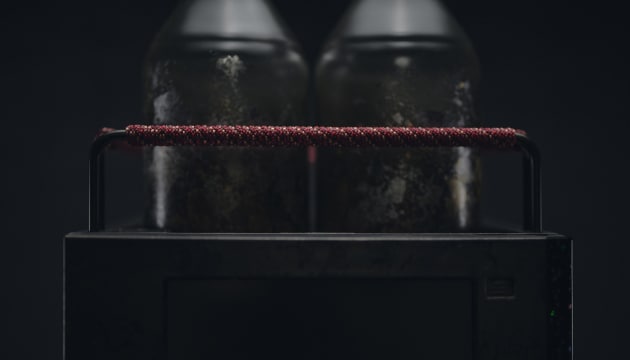These instruments are used for the separation, quantitative and qualitative analysis of liquid mixtures. They are used in a wide range of fields, including chemistry, pharmaceuticals, the environment, and foods.
A unit decorated with fluid patterns was made to represent the principles of liquid chromatography. Lacquer and metal foil, which can be enjoyed as they change over time, were used for this instrument, which was designed so that the longer it is used the more attached you become to it. Further, incorporating a culture of repair, in which cracks are repaired with the kintsugi technique serves to heighten the value as each repair is made, thereby enabling a design that can foster a long-term sense of trust in an analytical instrument through the use of craft techniques.






Not only does repairing an instrument extend its life but the repair process is also etched into the design. This increases the user’s sense of attachment to the instrument, making it not just a machine but a partner. Proposing sustainability in the form of an analytical instrument that is used for a long time.

Metal oxidizes with the passage of time, and a unique color and texture is formed depending on how it is used, the environment it is in, and the passage of time. These materials create a sense of change over time rather than simply deteriorating the longer they are used.


Unique surface texturing is formed by manually hammering out metal. When this surface is lacquered and baked, the lacquer adds antibacterial properties while dissipating heat from the instrument that is transmitted via the metal parts. With use, the color of the lacquer changes, creating a sense of attachment to the instrument that strengthens the more it is used.


To soften the sound when the bottle and metal come into contact, sustainable materials are woven in by hand, creating different patterns and moods for each holder to match the color of the main unit.



